This article is largely a response regarding another article that I produced, mostly as an amusement. The original article was an example of minimalism in itself. Perhaps an apology to the readers might be appropriate, but I have refrained from doing so simply because of my self-indulgent attitude toward humor whether anyone else sees any jocularity or not.
At any rate, as a compromise with my conscience and as a bit of seriousness, I decided to take a serious look at minimalism in the 20th century.
The first thing one notices when doing research is the frequent lack of capitalization of the word “minimalism”. In the 20th century the term is broad and sweeping and does not necessarily conform to a movement in the arts. It borrows art and artists from various disciplines and styles and becomes more of a descriptive term used to denote a work, a body of work, a part of a work or even a temporary state of an object or activity.
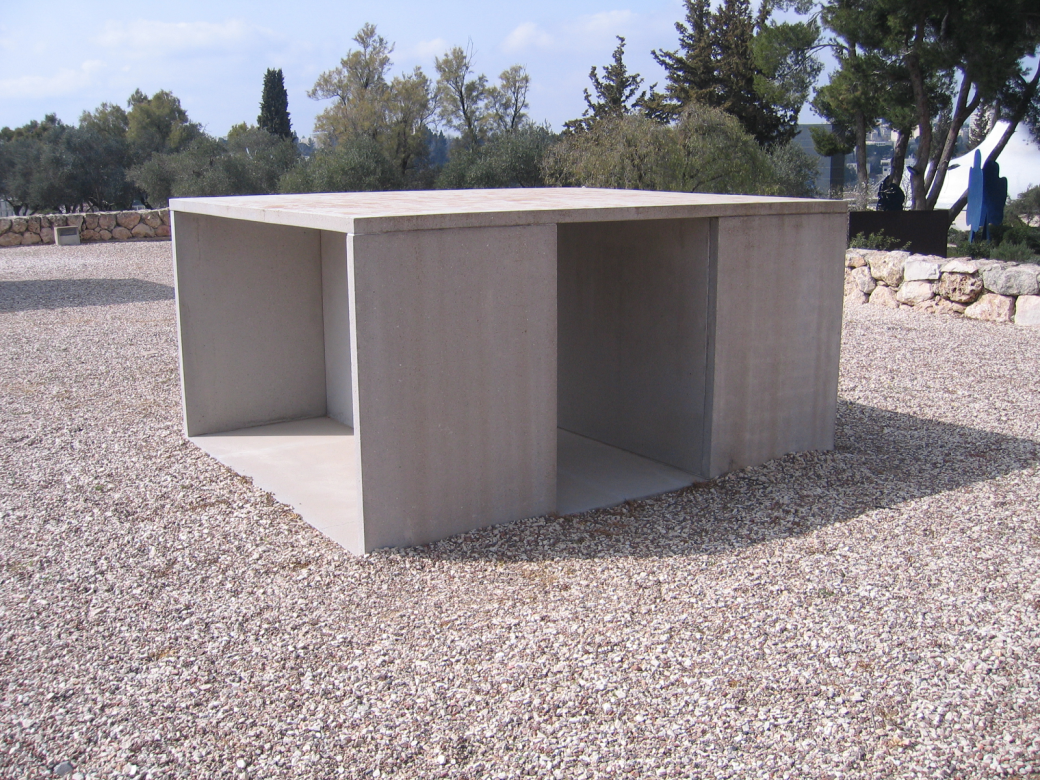
Now, I always hate those articles or papers that start out with the so and so encyclopedia says that means this, but in this case I will make an exception. Starting with the Museum of Modern Art:
The early 1960s brought about a significant shift in American art, largely in reaction to the critical and popular success of the highly personal and expressive painterly gestures of Abstract Expressionism. Minimalist artists produced pared-down three-dimensional objects that have no resemblance to any real objects. Their new vocabulary of simplified, geometric forms made from humble industrial materials challenged traditional notions of craftsmanship, the illusion of three dimensions, or spatial depth, and the idea that a work of art must be one of a kind.
According to an article on theartstory.org:
Minimalism emerged in New York in the early 1960s among artists who were self-consciously renouncing recent art they thought had become stale and academic. A wave of new influences and rediscovered styles led younger artists to question conventional boundaries between various media. The new art favored the cool over the “dramatic”: their sculptures were frequently fabricated from industrial materials and emphasized anonymity over the expressive excess of Abstract Expressionism. Painters and sculptors avoided overt symbolism and emotional content, but instead called attention to the materiality of the works.

Minimalism strips objects of narrative and reduces them to geometric forms and basic colors formed from industrial or fabricated materials. Supposedly an adverse reaction to the flamboyance of the abstract expressionists with their “action” paintings, the minimalists are often characterized as producing objects serene or straightforward and devoid of expression or provocation.
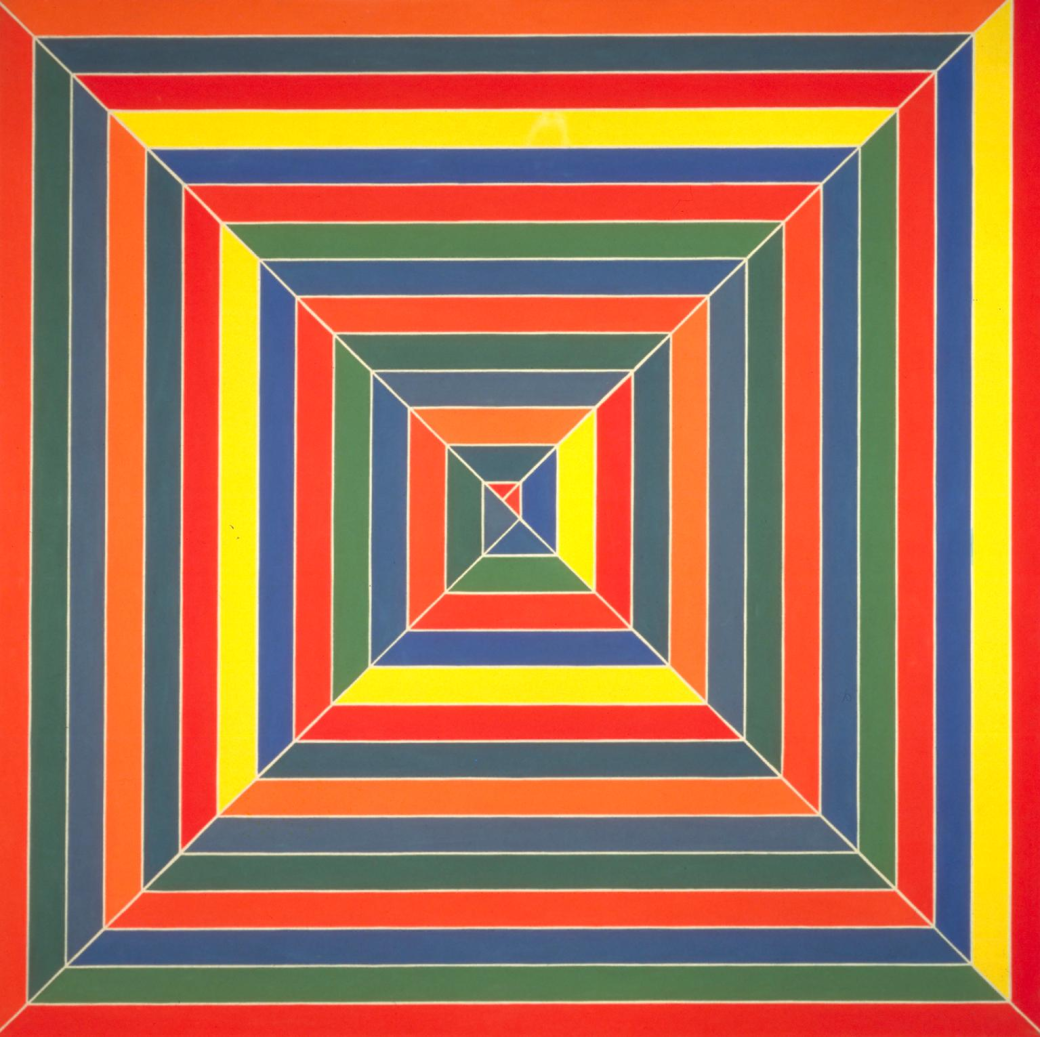
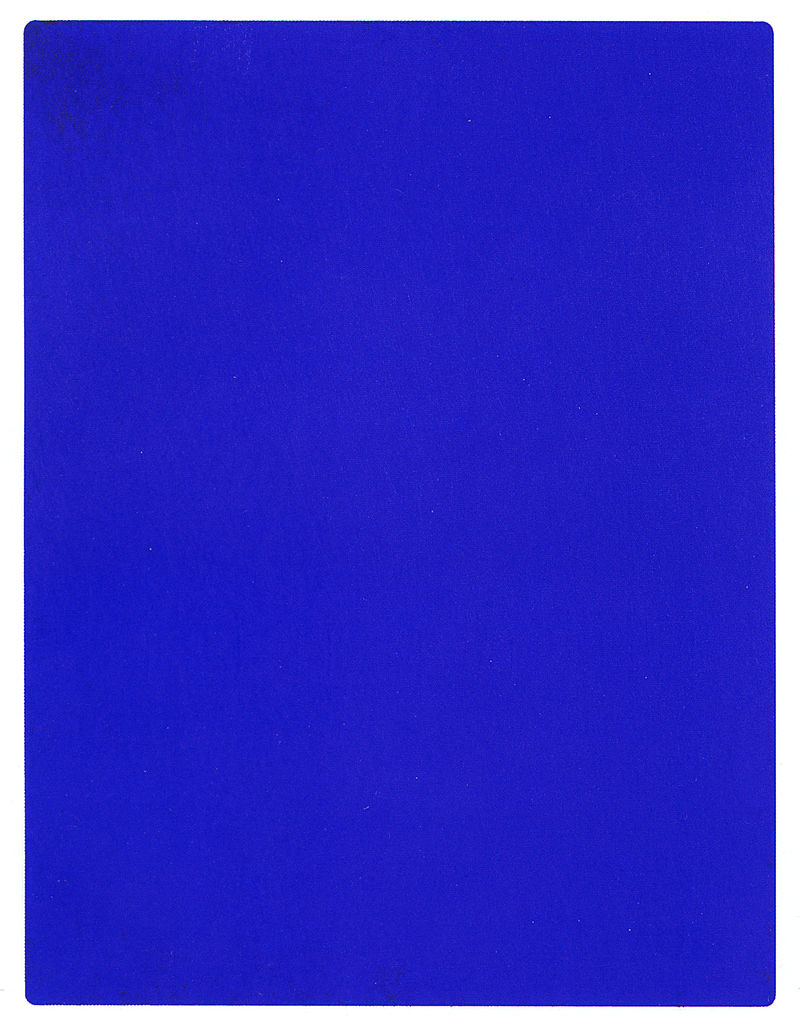
Often the Russian Constructivists are linked to the Minimalists due to their penchant for abstract geometric forms and their sometimes spare arrangements.
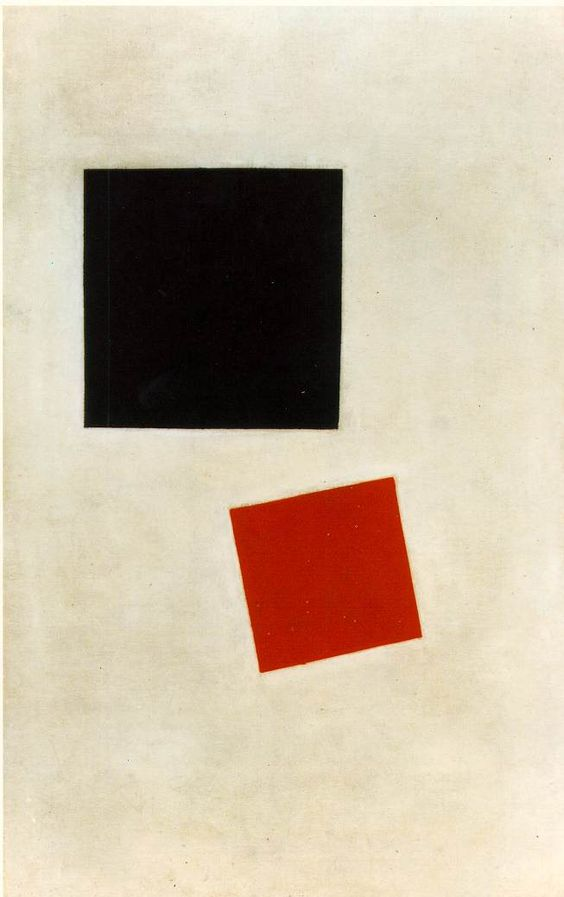
In artistic terms, minimalism refers to the objectification of art using plain and basic geometric forms with the application of modern, prefabricated materials.

In layman’s terms, minimalism refers to an uncluttered reduction, mostly in terms of interior or architectural space with an emphasis on white or neutral colors and without decoration. Fixed on this definition, quite a few works of art or craft come into play. For instance, can we refer to Quaker furniture, rooms or buildings as minimal? Also, many artists during the past century worked with designs stripped of narrative or elaborate detail. The De Stijl movement comes to mind.
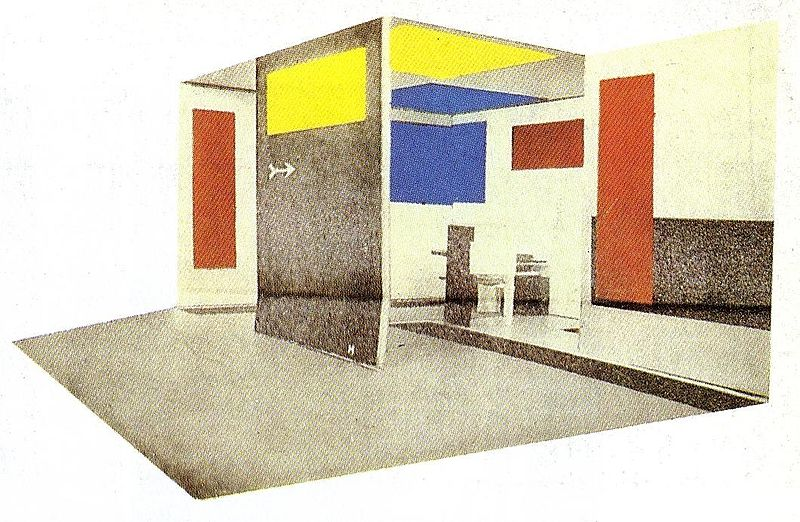
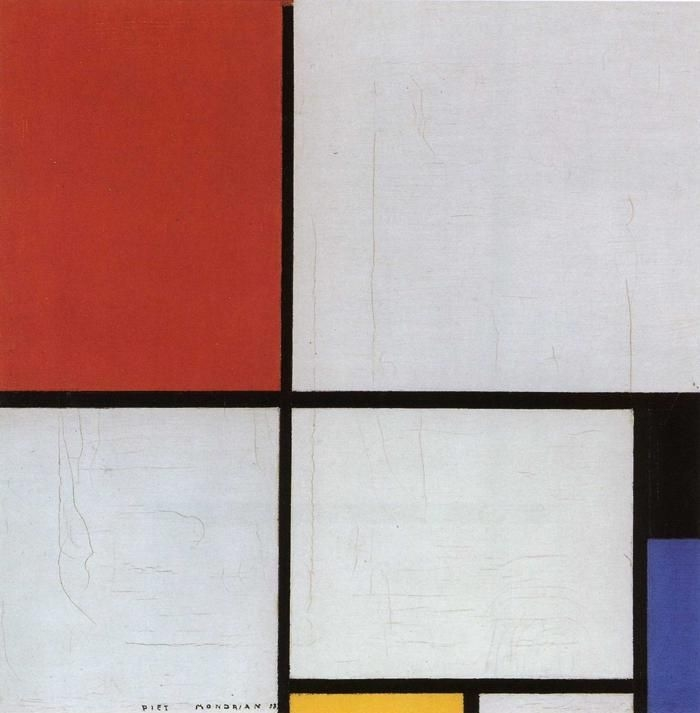
Is this Minimalism:
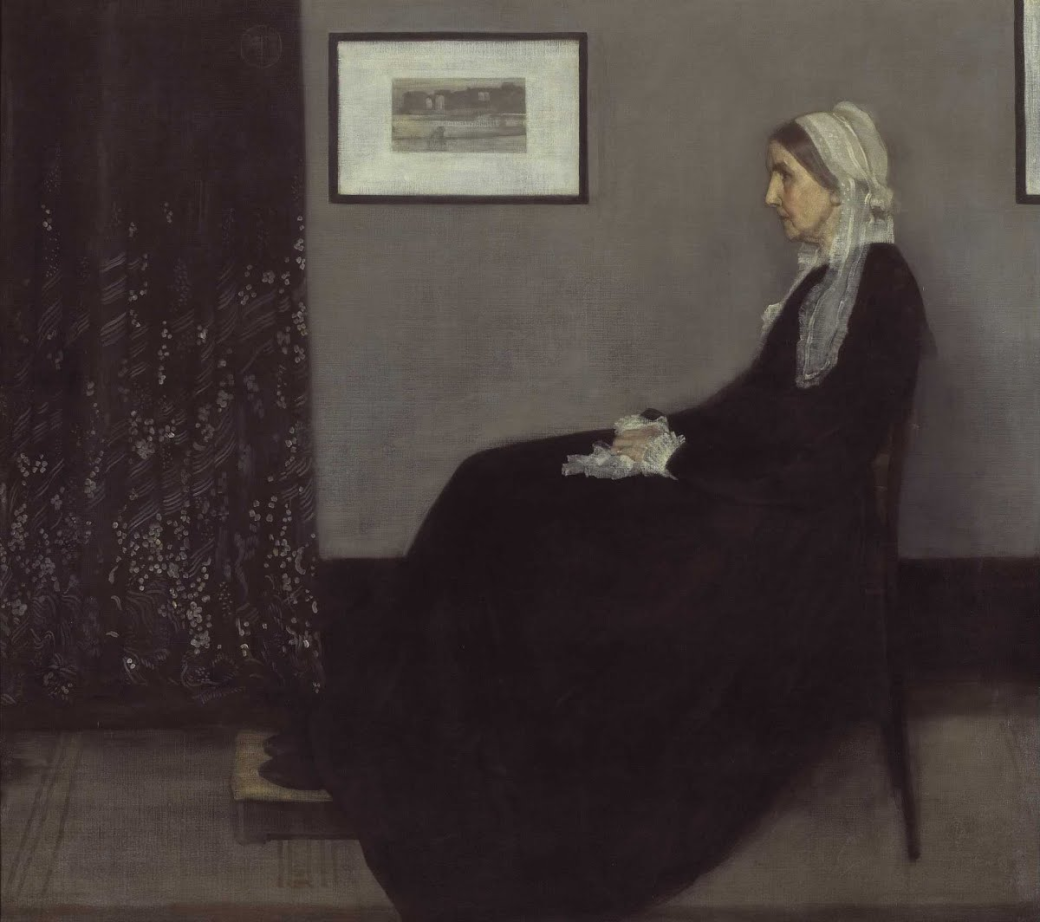
Now, in looking at architecture many things come to mind: Eames Case Study House #8, Philip Johnson’s Glass House, Ludwig Mies van der Rohe’s Farnsworth House furnish good examples. Many times when discussing Minimalism, especially regarding architectural and interior design, Japan often becomes the object of speculation. Certainly, Japan has influenced western artistic traditions, but I am always a bit reluctant to compare the two. To western eyes, where we see a minimalistic design, in Japan the view filters through the piety of religious devotion and a vision of the world much different from those found in the west. Therefore, a dry or zen garden in Japan has a much different effect visually and emotionally. Nevertheless, the post and lintel forms and the combination of exterior and interior spaces of Japan lend themselves excellently to the modernist concepts found in the mid-century.
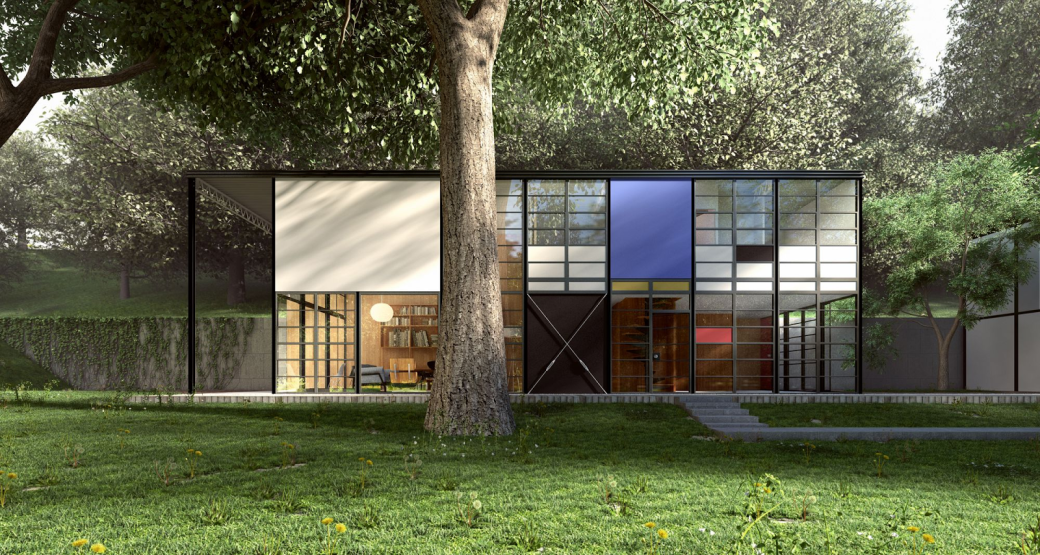
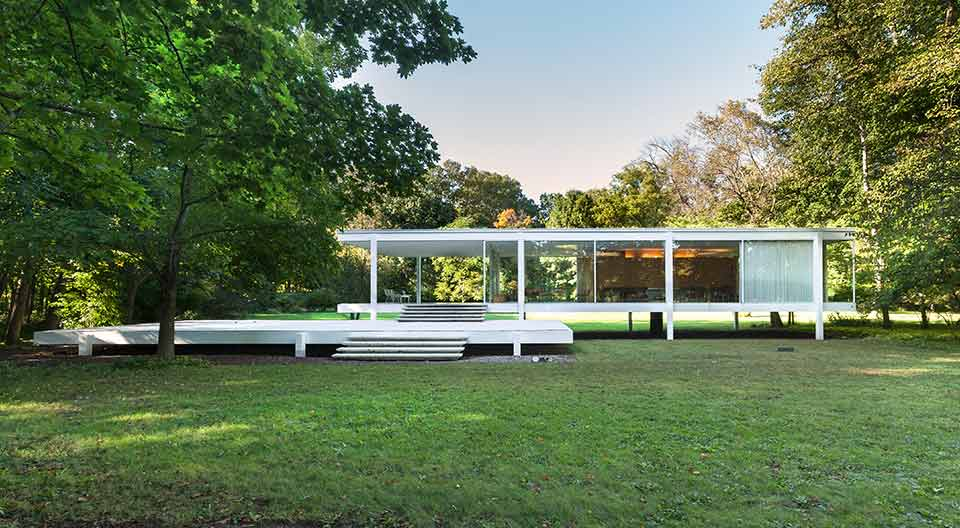
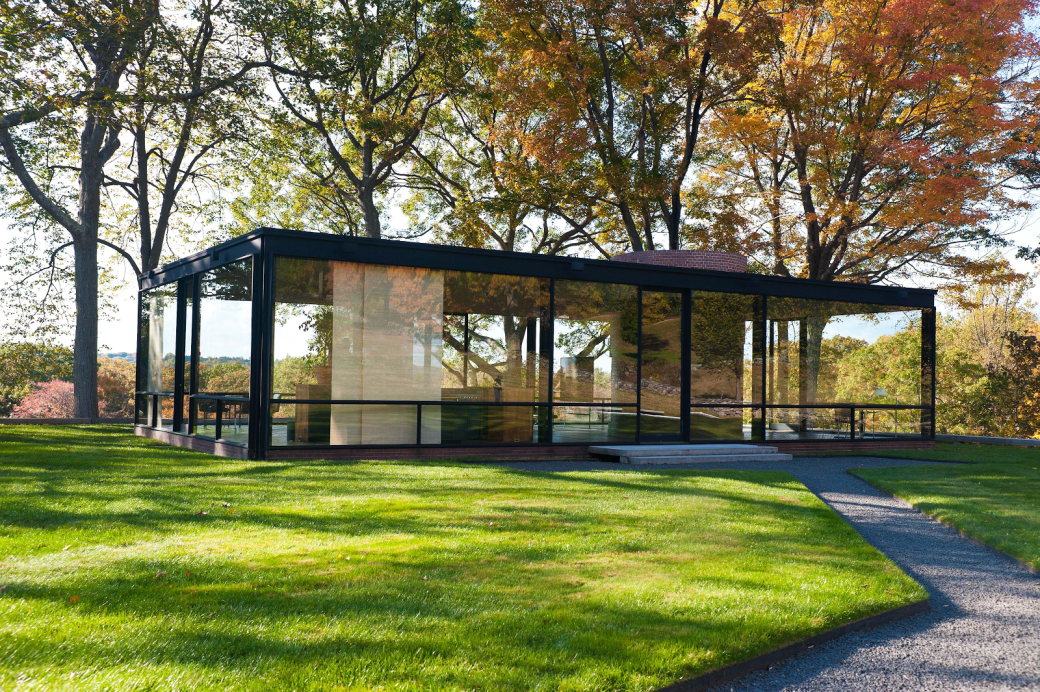
Only a brief mention is necessary for minimalism in music. Throughout the 20th century and even to this day futile attempts at bending music to a modernist ideal have fallen on deaf ears. In general, people will not sit for extended periods of time listening to distorted and dissonant sounds that seem attached to nothing. Abstraction in music is unappealing to most and delivered in a minimal way with repetition and grating noise does not have the delicious sentiments of sophisticated music from other times. The most familiar artist associated with minimalism in music is Philip Glass. Undoubtedly, Aaron Copland or Samuel Barber, whose compositions come from a more traditional perspective, are much more familiar, played and listened to.
So, as with many other concepts, the art community has determined a meaning of “minimalism” apart from the ordinary use of the word. However, in most cases artists of the 20th century become lumped together in other groups and movements. As a result, I prefer the day-to-day meaning of the word, a reduction of objects and space to a more simple, if not plain, version of man-made space and objects. In this respect, the furniture and interior spaces of the Quakers qualify as minimal and so do contemporary spaces and objects that conform to this ideal.
And then there is Post-Minimalism!
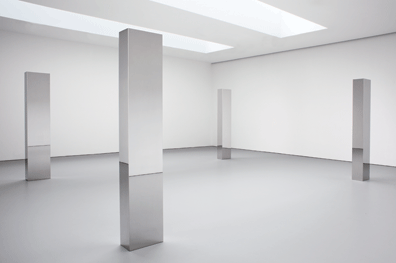
Of all the artists included under the term of minimalism, no one artist dominates the imagination of the art historians or critics, because the use of minimalism varies even among those who ordain its adherents. The reason is very simple. Modernism in itself inculcates most of the concepts of the minimal without the need of the extra pedantic jargon. Minimalism simply takes the modern to an intense artistic and spiritual level.
HBosler



You must log in to post a comment.